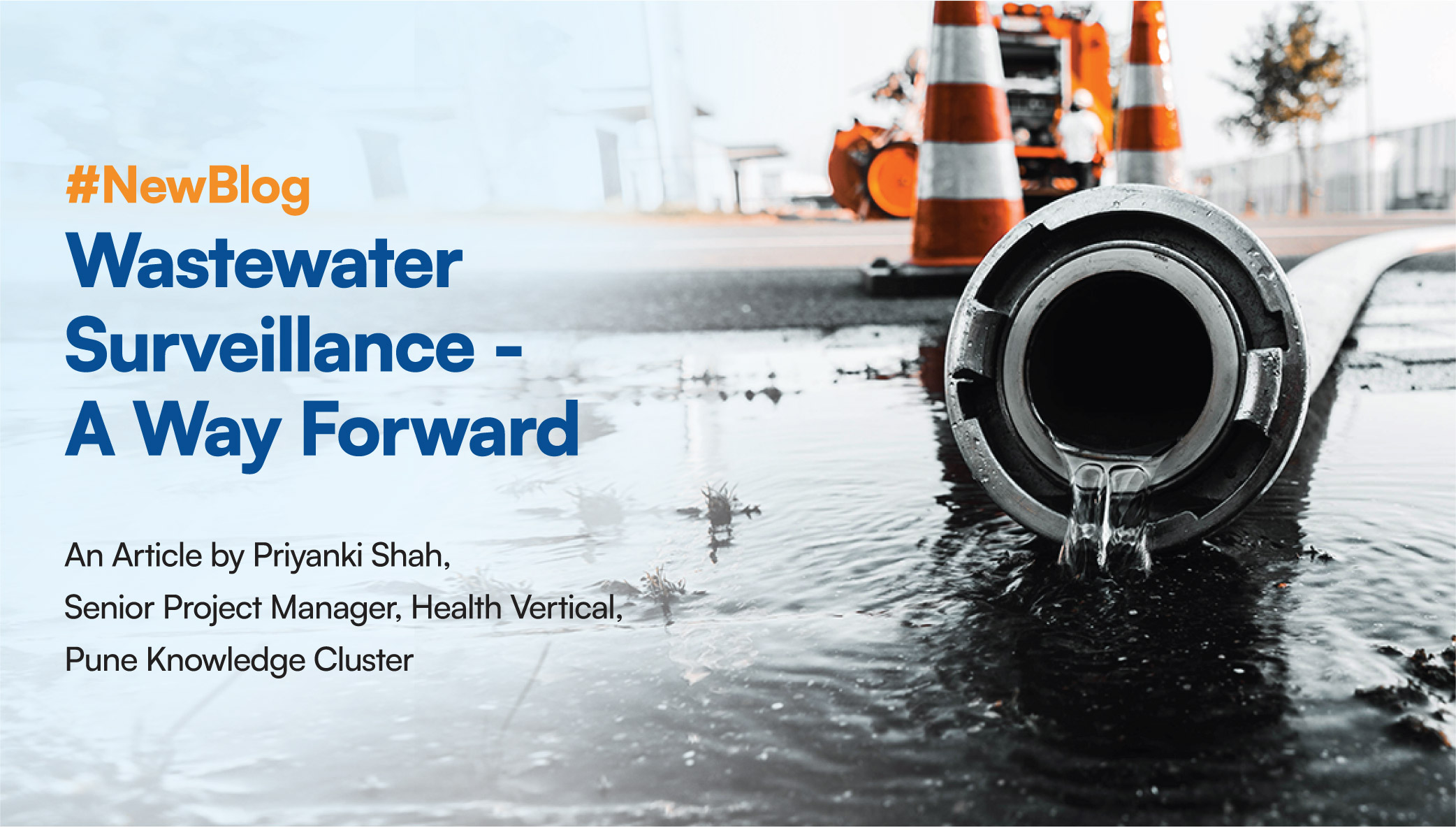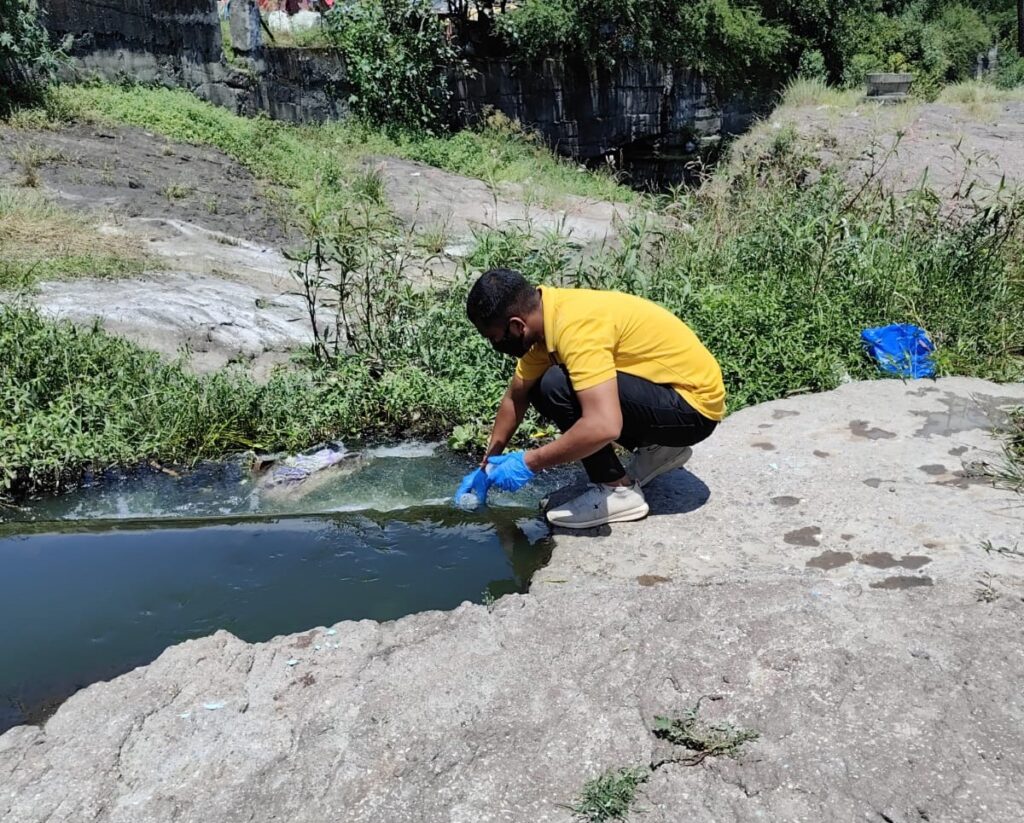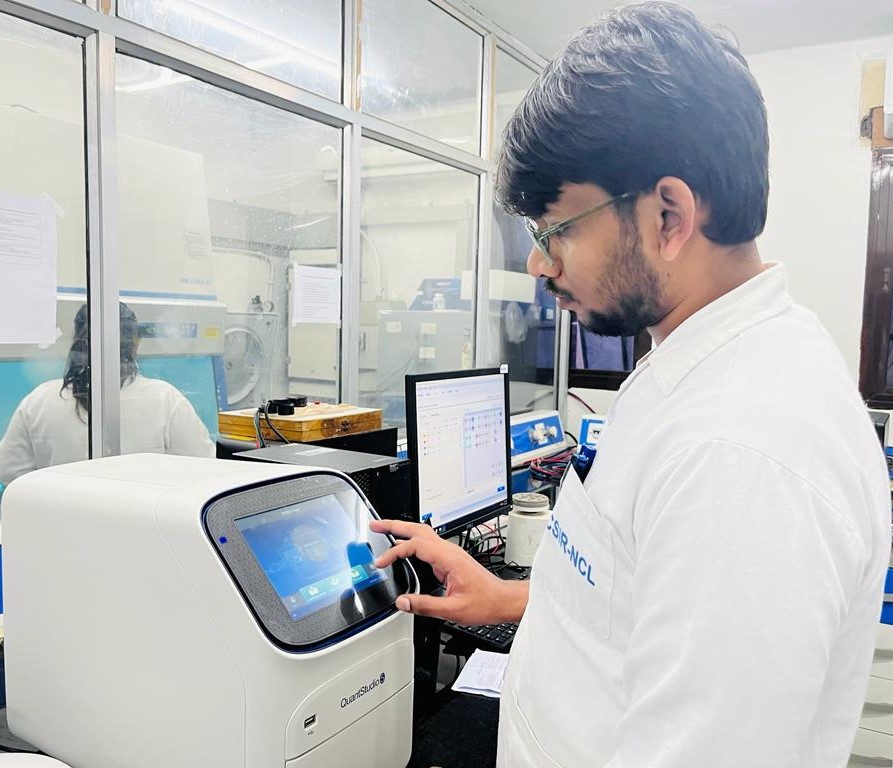Leveraging the learnings from the WWS of COVID-19, we can use this as a precautionary tool to understand the diseases prevalent in a city, locality, and community. There is ample research to detect pathogens such as H1N1, H3N2, RSV, Typhi and AMR through WWS. The success of WWS as an early warning would be when information is disseminated to stakeholders such as doctors, public health officials and local municipalities. Countries such as Australia, Belgium, Canada, Chile, Finland, France, USA have integrated WWS into their national machinery[11].
The Alliance for Pathogen Surveillance (APSI)[12] in India has demonstrated that there is strength in partnership and knowledge sharing to support WWS. The APSI network has successfully built a consortium of stakeholders through which shared protocols, best practices, reporting methods and governmental discussion happen. APSI’s model was set up with the intention of making WWS accessible to government agencies and creating a working model of WWS which the government can implement pan-India. Results and data from the consortium can be analyzed and extrapolated to an Indian context.
The sustainability of WWS is dependent on integrating into the existing machinery at the municipality level or through the Integrated Disease Surveillance Program (IDSP). Under the Ayushman Bharat Health Infrastructure Mission, the government has proposed the development of Metropolitan Surveillance Units (MSU), which aim to support and integrate disease surveillance at the city level. Integrating WWS into the public health system through these units would be ideal. The mandate of the MSU is to function as a hub for disease surveillance. WWS can be leveraged along with our current passive and active surveillance methodologies to build a robust surveillance system that supports the early detection of pathogens.




